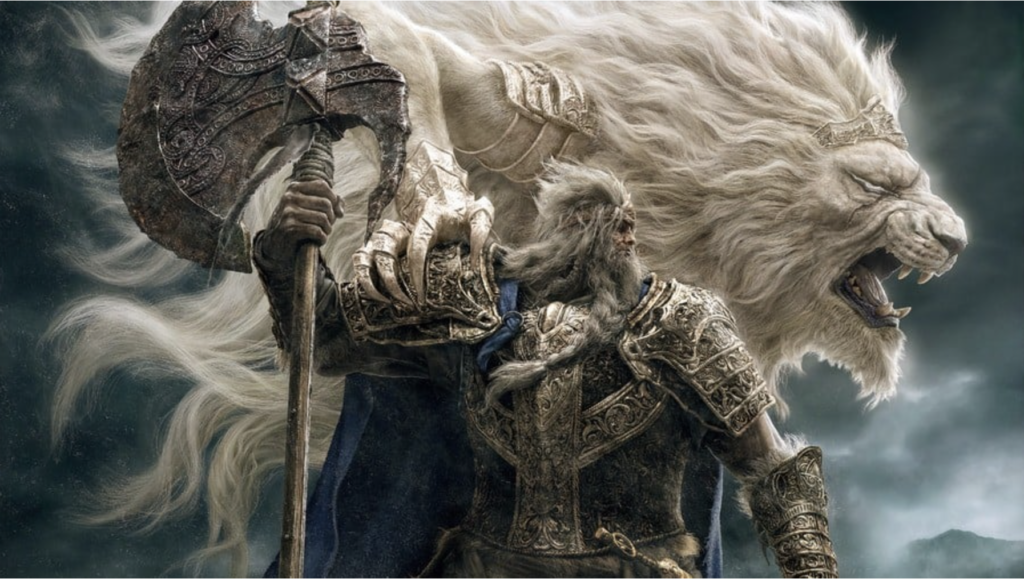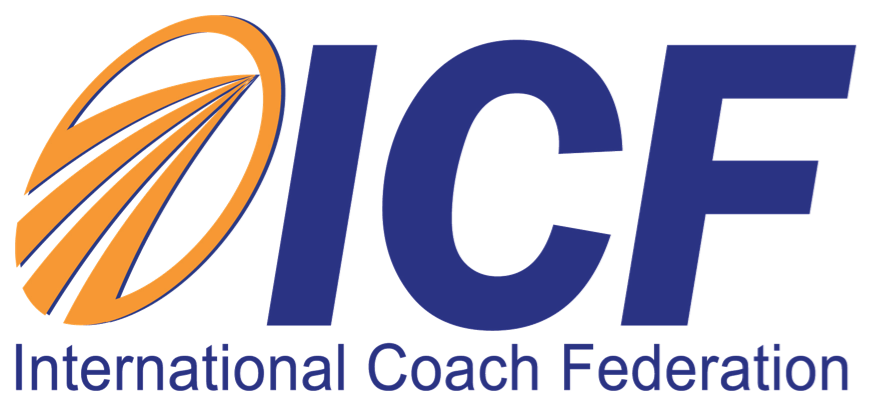 In various movies, as well as games in popular culture such as that of the new top of the line seller, Elden Ring, wisdom and age are equivocal. The masters are the elders and soldiers follow the guidance of the elders for a common vision. So why is it that in a fictional world, age is glorified but in the real world, the age divide is avoided like the plague and various generations don’t even drink from the same water cooler?
In various movies, as well as games in popular culture such as that of the new top of the line seller, Elden Ring, wisdom and age are equivocal. The masters are the elders and soldiers follow the guidance of the elders for a common vision. So why is it that in a fictional world, age is glorified but in the real world, the age divide is avoided like the plague and various generations don’t even drink from the same water cooler?
Research has shown that younger people typically prefer having an expanded social network and being able to connect with a large number of teammates, and older generations more consistently value creating deep, meaningful relationships in which both parties can learn from one another. Neither are wrong in what they value, but both wholeheartedly agree on the fact that creating and nurturing dependable relationships and experiencing frequent social interactions is vital to their individual progress in their career as well as the success of the entire company. Miami University management professor Megan Gerhardt (a 45-year-old Gen Xer in Ohio) and 26-year-old millennials Josephine Nachemson-Ekwall (a Citi senior vice president in New York City) and Brandon Fogel (a University of Nebraska-Lincoln doctoral student) have coined the innovative term “Gentelligence” to describe and generate intergenerational workforce productivity. As the three worked on a book together regarding their study on gentelligence, they all realized that a huge amount of the loneliness coming from a misunderstanding of the generational gap at work was perpetuated by the media and the different stereotypes/generalizations put out about each generation. Therefore, a stigma arises about each one, and when it comes down to people’s work and careers which they are often very proud of, discussions can easily become defensive. All three researchers have also reflected upon the idea of fluid versus crystallized knowledge—fluid knowledge existing in younger generations who are more open to ideas and ready to jump onto the next innovative project, and older generations who have done certain things for a long time and who often know what will and will not work out. They explain that there needs to be a meeting of the two, which often can be as simple as sitting down for a discussion on the aspects of the work one is and isn’t familiar with, and proceeding from there with the idea that each person has something to bring to the table that will help everyone.
A workplace that is infested with age gap avoidance breathes loneliness and is also one that holds little to no meaning for an employee. Yes, it is a research proven fact: We all need the money but we wake up and go to work everyday because of the people in our lives and the people at our jobs, not the money. So why is it that organizations do so little to create team cohesiveness, and instead put likes together and avoid connecting disconnections. The truth is that each generation needs the other; the same way as each human needs another. Talent, knowledge and experience are cornerstones of each of our positions, and learning comes from exposure not from reading. Animals know this very well, and that is the reason why some of the oldest and most successful animal species such as ants, follow the same structure, regardless of age or size, they work with each other in the same colony following the same code and that is unity.
Team diversity leads to knowledge, and growth. In fact, if you want an organization that thrives through talent, look for complimenting of talent, not duplication of it. Survey your team: if it comes form various walks of life, diverse ages, genders, sexual orientations, national origins, races, etc. you are doing something right. If you notice a divide especially an age gap, it may be a silent indicator of loneliness. In a previous blog we referred to the effects of loneliness, and it’s threat to organization outcomes. Here we are specifically addressing the way age leads to that loneliness. A general imbalance of age and experience can quickly lead to workplace isolation; where there are concentrations of age groups, such as one specific older generation in large numbers compared to one member of a younger generation, people can be made to feel isolated and unwelcome in professional or social situations. They may feel like they have no one to talk to and unable to relate to others. How can you support employees and help them feel they are part of a united team? Can new technologies or working practices help bridge the gap?
When the whole world went into lockdown and experienced isolation, at least most everyone seemed to understand why for our own protection it was necessary and therefore it gave us hope that regardless of our age, race, gender, class, status, or intelligence, we were all susceptible to the virus. We also knew that learning was a core part of our survival and we relied on each other for understanding, and knowledge about the virus.
However, once the doors reopened, and work was resumed as “usual” our unity was disheveled. Post Covid, the generation gap that has been at play for the past two decades became wider. Career changes after lockdown meant that we saw an increase in the numbers of members of older generations leaving their jobs for something completely new because of realization they had made during lockdown or getting introduced to an aspect of younger life that was intriguing such as technology. On the other had, for younger generations who spent the majority of their secondary schooling learning from the screen or making memories with their friends from a distance, it mean an urgency to a brand new world, majors, careers and priorities changed.
It became difficult for older generations to feel welcomed and appreciated in youth-dominated career fields, such as technology or social media. For younger generations who couldn’t wait to jump into their careers, it was a shock when they started at an office and felt detached from their work as the majority of their coworkers were almost twice their age, therefore stirring feelings of inadequacy and inexperience.
As organizations adapt to changes post Covid, it becomes surmount to to bridge this gap and induce monumental progress by leading a higher level of understanding among the various generations. Using mentorships, pods, and sponsorship are just examples to tackle the loneliness caused by this gap. Loneliness is an intrinsic human emotions that can have deterimental effects and can be abolished by understanding of one another. Integrating employees in to various layers, and allowing for vulnerability, suggestion, and collaboration will help in creating teams and assigning projects and relaying the message that they all have something fascinating and influential to learn from one another.





